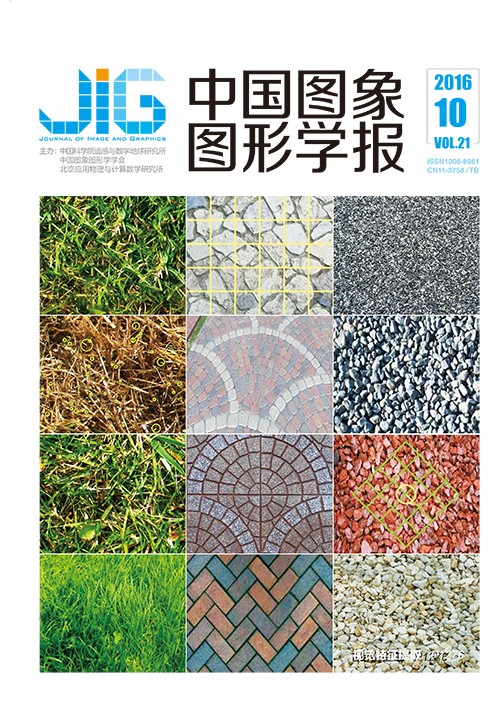
LNP模型中的神经元滤波特征提取
摘 要
目的 LNP(linear-nonlinear-Poisson)模型很好地解译了神经元的响应过程,其重要环节之一是线性滤波器的提取。针对传统iSTAC(information-theoretic spike-triggered average and covariance)算法运用于LNP模型时的神经元特性表征不足、运动特征提取效果不佳等问题,特别是在处理低维度刺激问题时,提出了一种改进的iSTAC神经元滤波特征提取算法。方法 引入非触发刺激的统计量,从而更加准确地构建神经元滤波特征子空间的目标函数,同时增强系统的抗噪能力;采用变尺度法最大化目标函数,从而优化解空间,提升算法的收敛速率。结果 不同非线性条件下对线性滤波器的恢复实验结果表明,新算法相较于传统iSTAC算法在高维度刺激时保持较好的表征特性,在刺激维度小于6 500时有明显改善,且总体上优于STA(spike-triggered average)和STC(spike-triggered covariance)算法。结论 提出的新算法适用范围更广,鲁棒性更强,能够运用于建立完整的基于视觉特性的视频运动特征提取模型。
关键词
Neuron-filtering feature extraction based on LNP model
Zou Hongzhong, Xu Yuelei, Ma Shiping, Li Shuai, Zhang Wenda(Institute of Aeronautics and Astronautics Engineering, Air Force Engineering University, Xi'an 710038, China) Abstract
Objective Linear-nonlinear-Poisson (LPN) model provides a good interpretation of neuron response, and one of its important links is linear feature extraction. Focusing on the issue that traditional information-theoretic Spike-Triggered average and covariance (iSTAC) algorithm cannot exactly describe neuron feature and extract its motion characteristics, especially in low-dimension stimulus, this study improves the iSTAC algorithm and proposes a new algorithm for neuron-filtering feature extraction. Method Statistics of non-spike-triggered stimulus are introduced to build a highly accurate objective function of neuron-filtering feature subspace and to enhance noise resistance of the system. To optimize solution space and to accelerate convergence rate, a variable metric method is accepted to maximize the object function. Result Experimental results of linear filter recovery under different nonlinear conditions show that the new algorithm is similar to the traditional iSTAC algorithm in high-dimension stimulus and has achieved significant progress in less than 6 500 dimension stimuli. Furthermore, results show that the new algorithm is better than the spike-triggered average (STA) and spike-triggered covariance (STC) algorithms. Conclusion The proposed new algorithm has better adaptability and greater robustness, and can be applied to establish a complete extraction model of video motion feature based on visual features.
Keywords
LNP model iSTAC algorithm low dimension filtering feature extraction non-spike-triggered stimulus variable metric method
|



 中国图象图形学报 │ 京ICP备05080539号-4 │ 本系统由
中国图象图形学报 │ 京ICP备05080539号-4 │ 本系统由